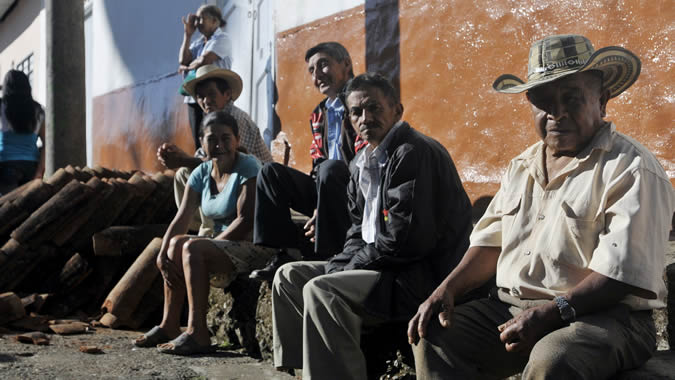Announcement
Between 1990 and 2011, Central America and the Dominican Republic posted an average annual growth rate of 4.6%, which was higher than the figure of 3.2% for Latin America as a whole. However, this growth did not result in a dramatic reduction of the huge inequalities among the subregion's countries and inside each one, according to a new publication from the Economic Commission for Latin America and the Caribbean (ECLAC).
The publication Structural change and growth in Central America and the Dominican Republic - an overview of two decades, 1990-2011, has been coordinated by the Director and Deputy Director of the ECLAC Subregional headquarters in Mexico (Hugo E. Beteta and Juan Carlos Moreno-Brid, respectively). It examines changes in the production, trade and social structure of Central American countries and the Dominican Republic, as well as the effect these changes have had on their growth patterns.
According to the study, although growth over the past two decades has raised the income and living conditions of the countries' inhabitants, the progress is far from sufficient given the high levels of poverty and extreme poverty, as well as the deep-seated inequalities suffered by most of the population.
In the foreword to the document, ECLAC Executive Secretary, Alicia Bárcena, states "Just over 20% of the richest population in each of the subregion's countries receives more than half the national income. These alarming differences in income and wealth give rise to unacceptable contrasts in the spheres of health, food, education, employment, productivity and wages".
There are also striking differences among countries. These gaps widened between 1990 and 2011, when per capita GDP in Costa Rica was 130% higher than the subregional average, in Panama it was 124% higher, and in the Dominican Republic it was 45% higher. El Salvador was just 4% behind the subregional average, while Guatemala was 17% lower; Honduras 45% lower; and Nicaragua 68% lower.
In the publication, ECLAC analyses the main challenges facing the subregion in terms of achieving development with equality, as well as proposing policies and guidelines for tackling them. These include the urgent need to adopt a strategy for transforming the economies' production structures and boosting subregional integration to remedy the problems of productivity and income gaps.
Another pending issue is the broadening of the scope of action of fiscal and monetary policy, with a view to increasing public investment, implementing countercyclical policies and improving the response to external shocks. Lastly, the development strategy must be deeply committed to ending inequalities. It is therefore advisable to make progress in designing and implementing a universal social-protection policy to ensure acceptable levels of well-being for the entire population.



